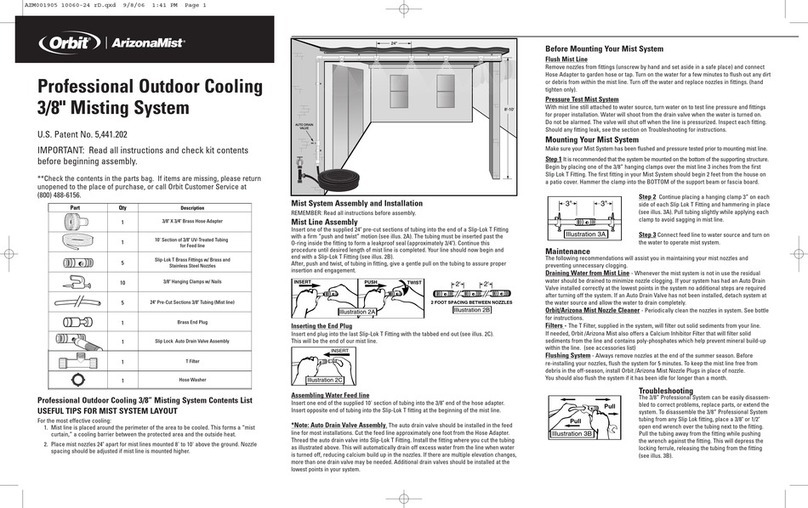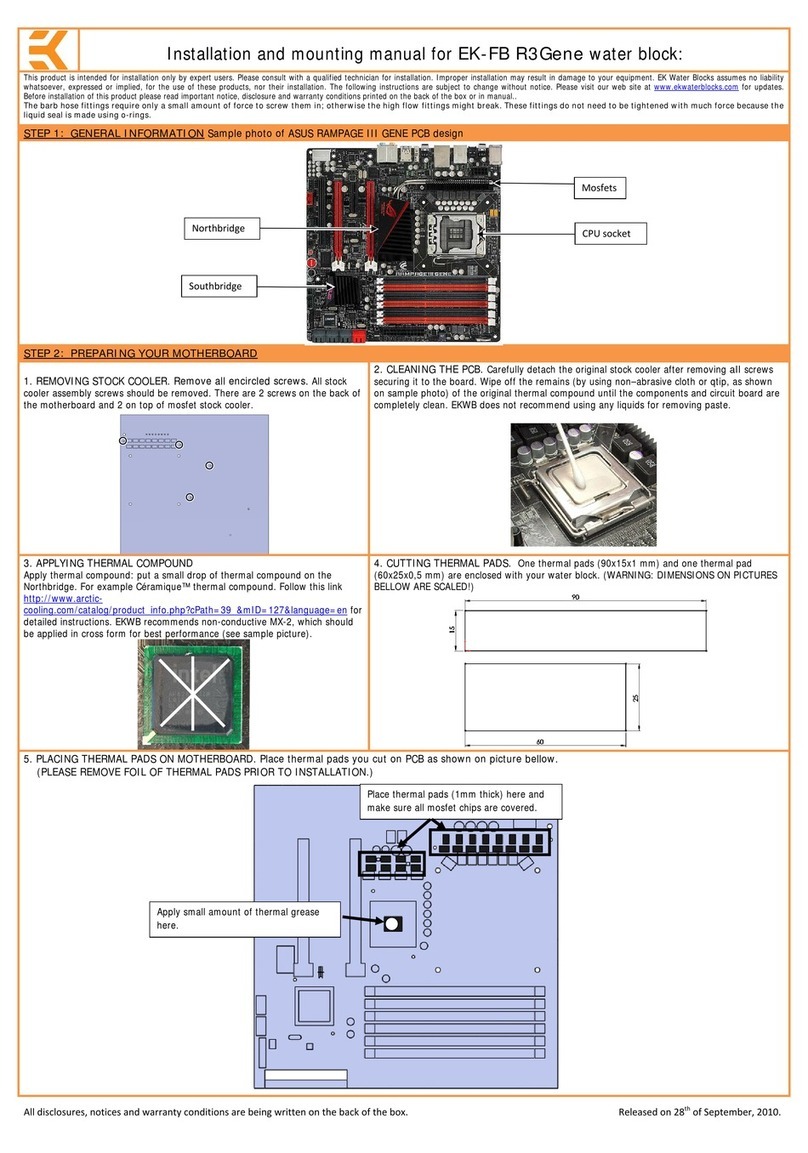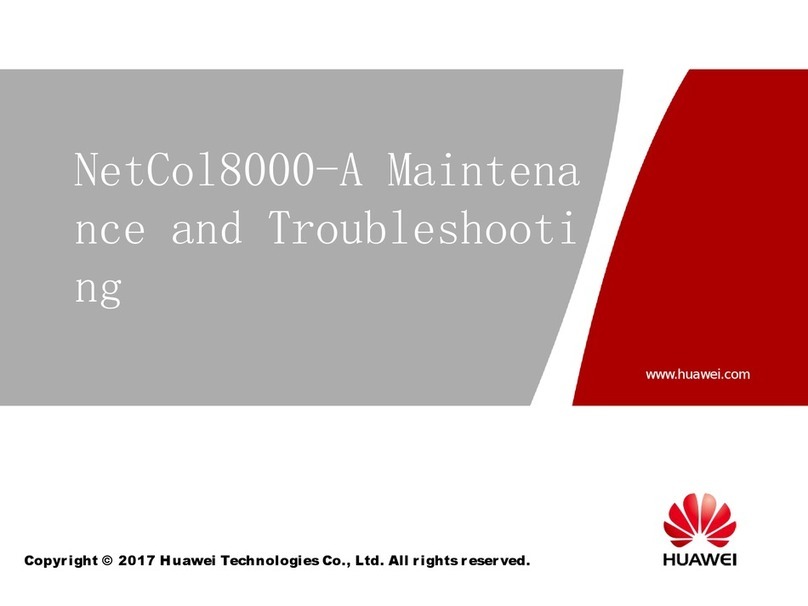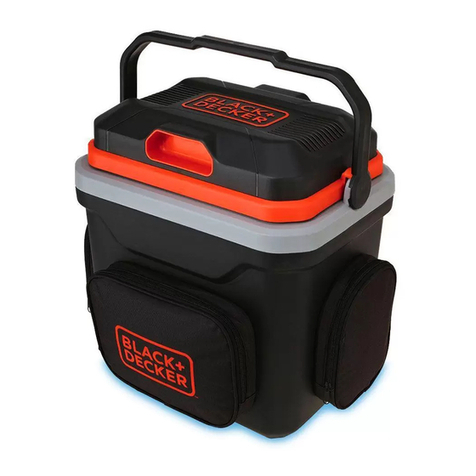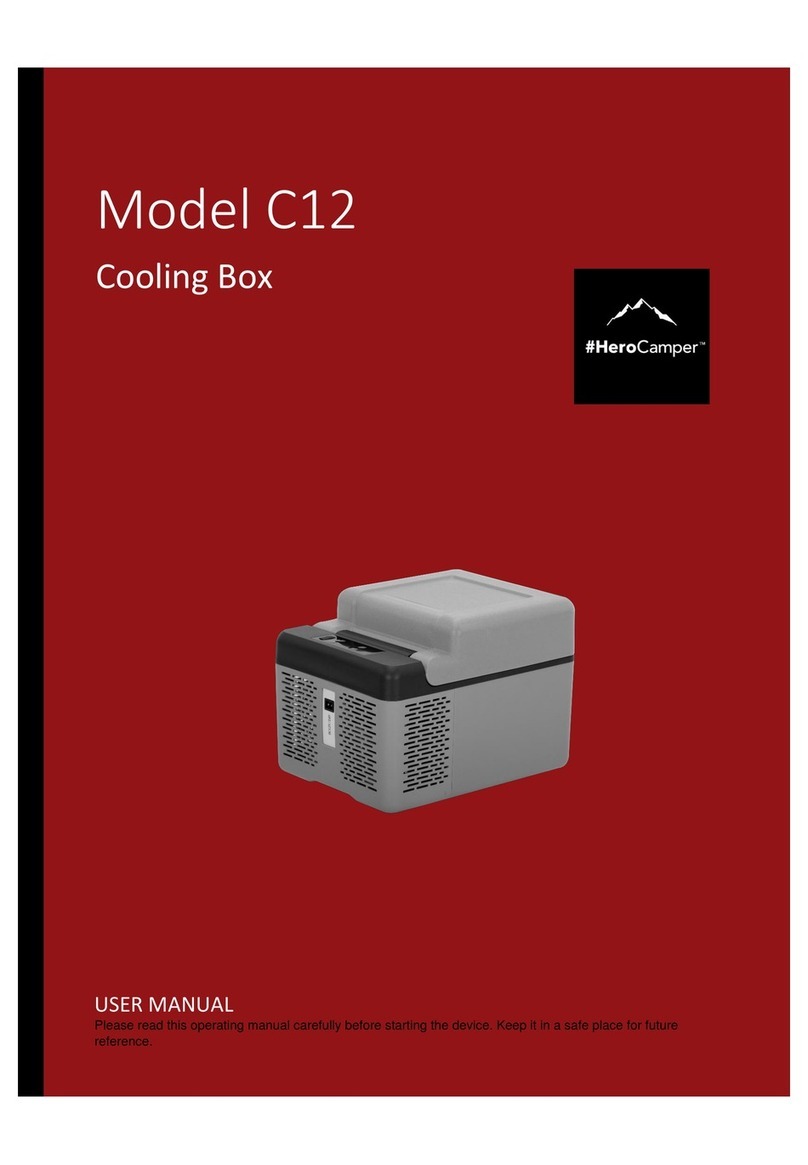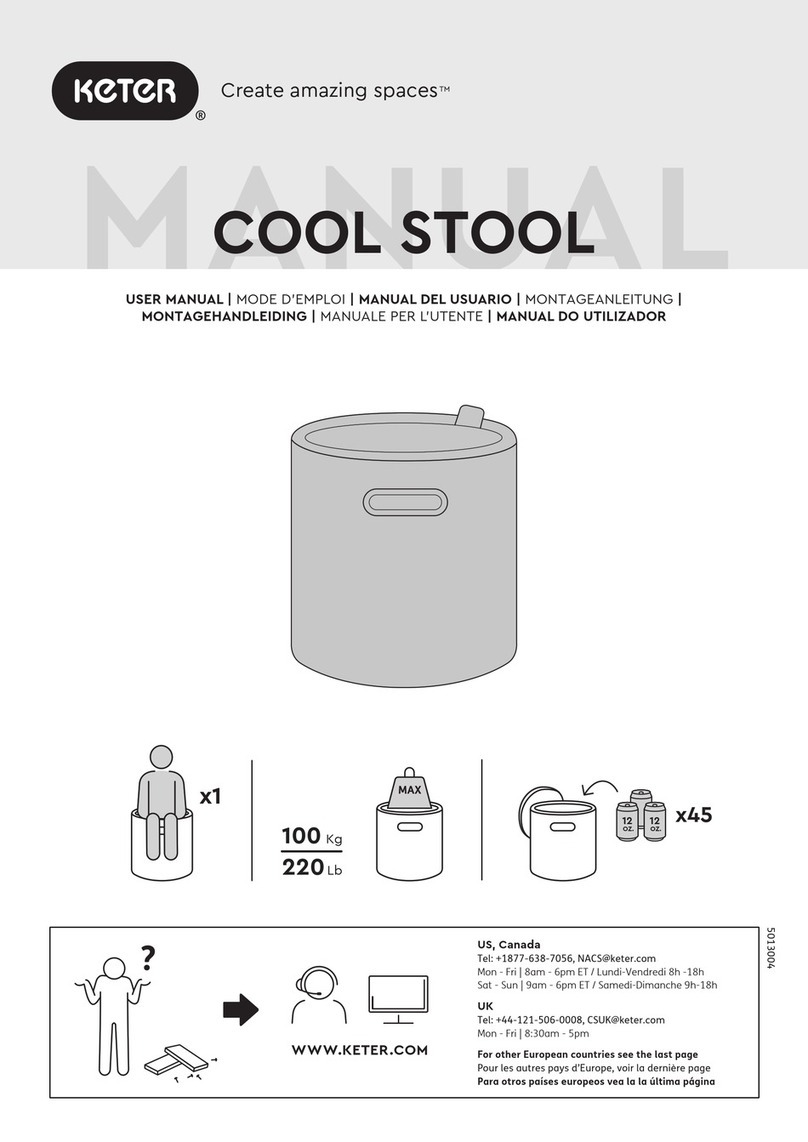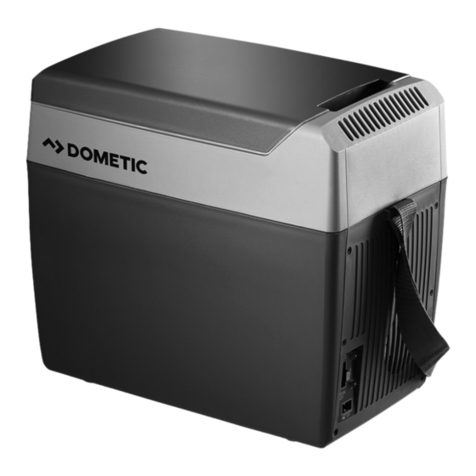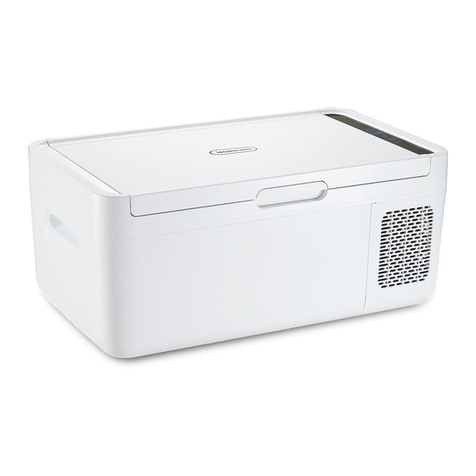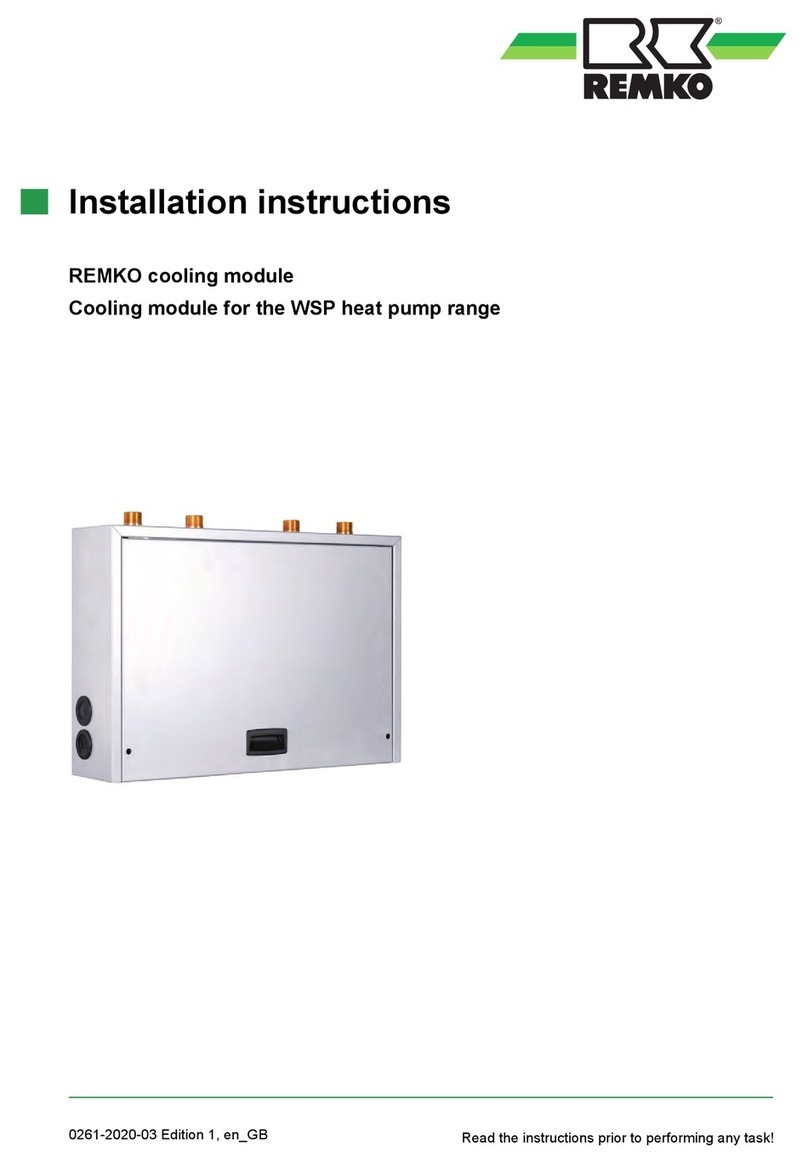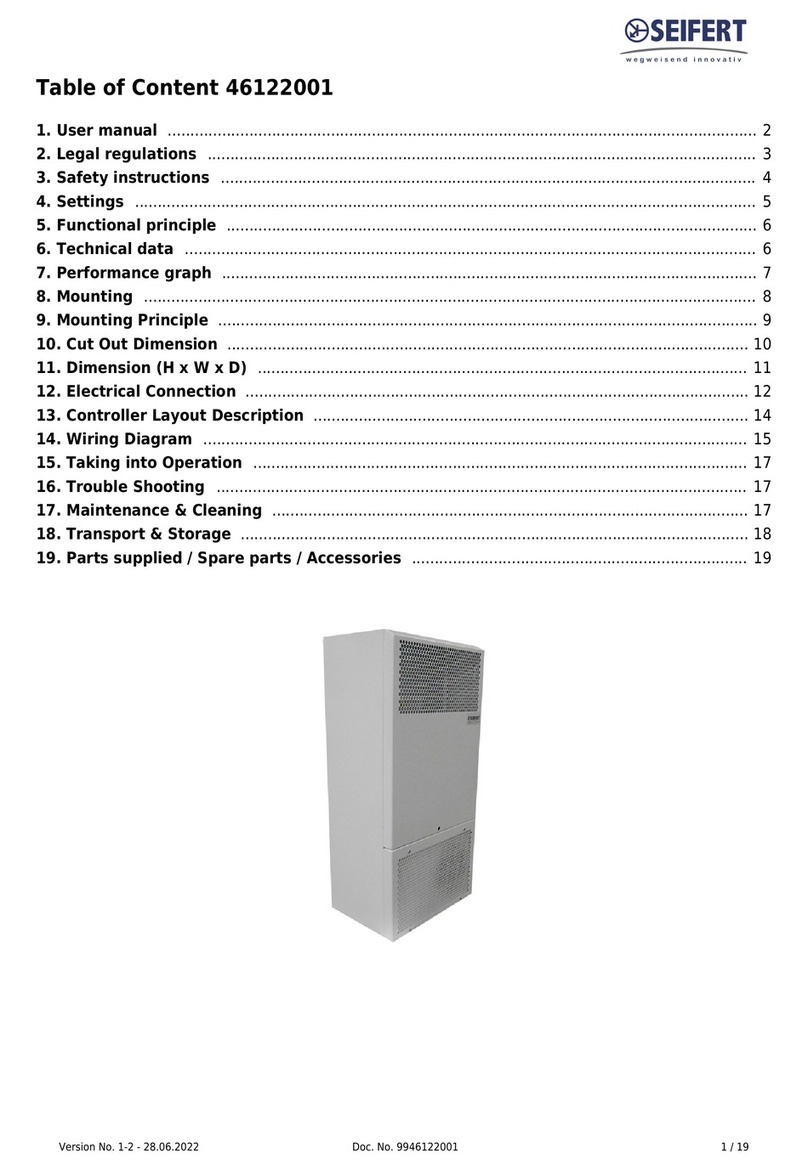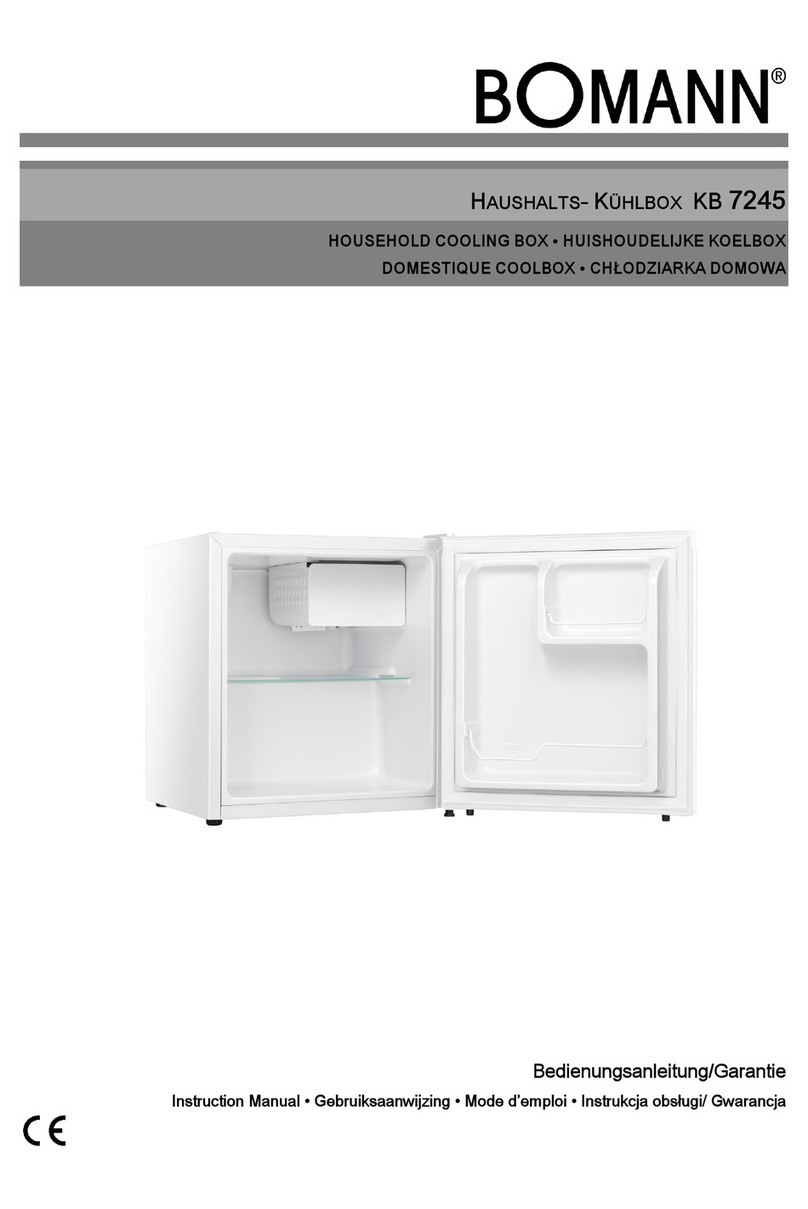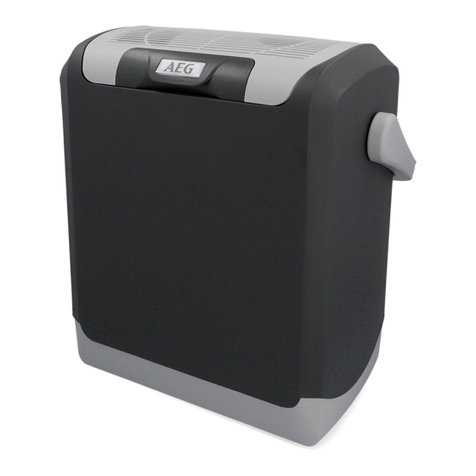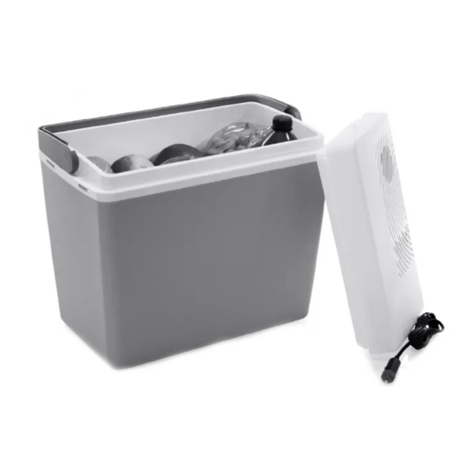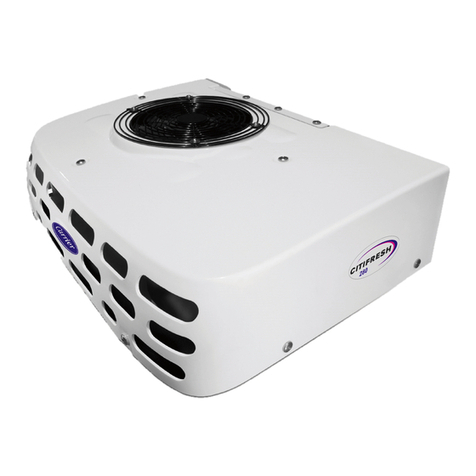6Initial Operation............................................................................................................................... 19
6.1 Safety Indications Related to Initial Operation........................................................................... 19
6.2 Setting to Work................................................................................................................................... 19
6.2.1 Placement............................................................................................................................................................... 19
6.2.2 Cooling Circuit Connection and Filling.................................................................................................................... 20
6.2.3 Electrical Connections............................................................................................................................................ 22
6.2.4 Carrying out Setting-to-Work.................................................................................................................................. 23
6.3 DailyStart-up ...................................................................................................................................... 23
6.4 Setting-to-Work after Storage......................................................................................................... 23
7Controlling the Unit........................................................................................................................ 24
7.1 Safety Indications for Controlling the Unit ................................................................................... 24
7.2 Switching on the Unit....................................................................................................................... 24
7.3 Switching off the Unit....................................................................................................................... 24
7.4 Settings................................................................................................................................................. 25
7.4.1 Pressure Setting on the Angle-type Safety Valve.................................................................................................. 25
7.4.2 Setting the Thermostat............................................................................................................................................ 26
8Disruptions....................................................................................................................................... 27
8.1 Disrupt Operation............................................................................................................................... 27
8.1.1 Trouble Shooting..................................................................................................................................................... 27
9Maintenance and Cleaning......................................................................................................... 28
9.1 Maintenance Schedule................................................................................................................... 28
9.2 Cleaning of Heat Exchanger........................................................................................................... 28
9.3 Refilling of Coolant............................................................................................................................. 28
9.4 Cleaning of Unit Casing................................................................................................................... 29
10 Repair............................................................................................................................................... 29
11 Dismounting, Disposal, Storage................................................................................................. 30
11.1 Temporary Placing out of Operation............................................................................................. 30
11.2 Re-packaging the Unit...................................................................................................................... 30
11.3 Storing the Unit................................................................................................................................... 30
11.4 Disposal................................................................................................................................................ 31
11.5 Disposal of Operating Materials..................................................................................................... 31
11.6 Return of the Unit toLAIRD............................................................................................................ 31
12 Wear Parts and Spare Parts....................................................................................................... 32

